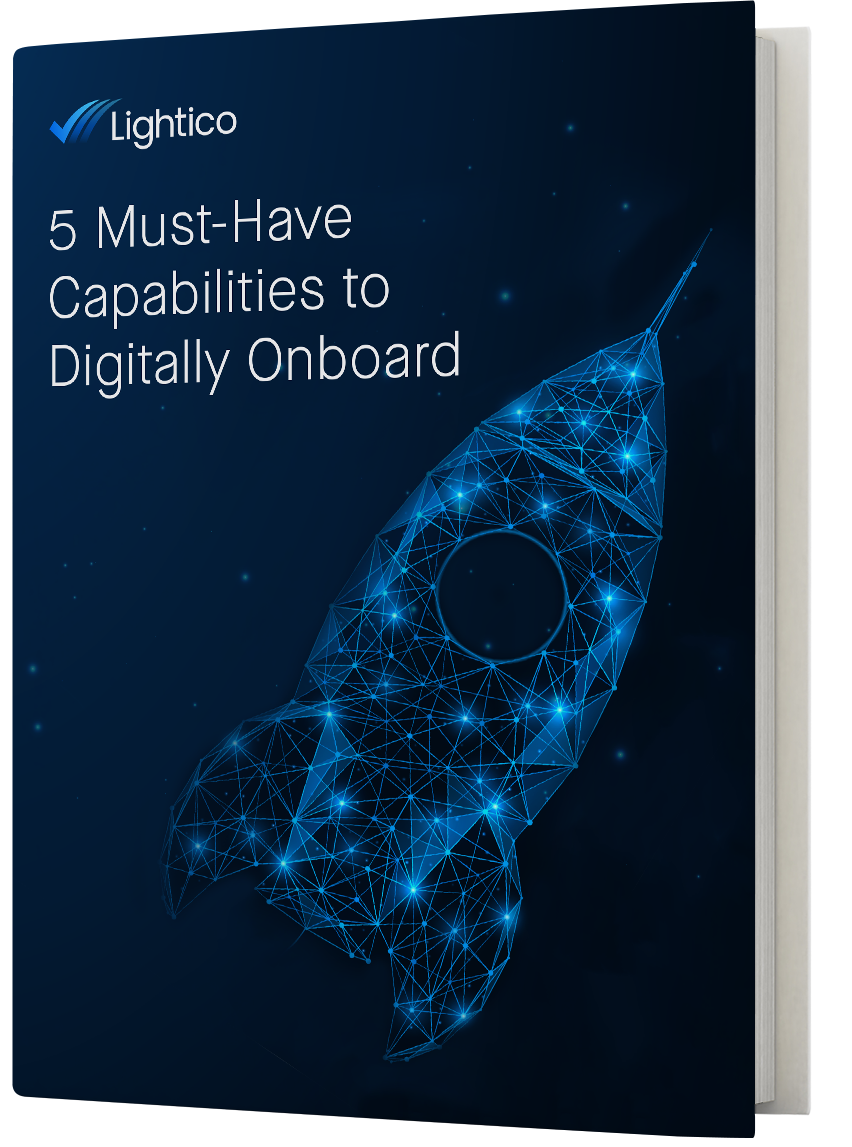The Perils of Prolonged Agency Staffing Processes, And What’s Needed Instead
When medical staffing agencies take too long to register new workers, it’s more than a mere annoyance for recruiting personnel and medical staff: it can have serious business and financial consequences.
Here’s what can happen when physical paperwork and too many touch points prolong registration:
- Doctors fail to join: Staffing agencies must stay attractive both to the hospitals that expect them to bring doctors at a moment’s notice, and to the doctors themselves. The staffing agency that offers a fast and convenient application process will win over the agency that brings complications.
- Agencies waste precious time and resources: Beginning a recruiting process with a potential doctor who fails to get qualified and/or placed is a massive waste of time. All the money and effort that went into recruiting this person cannot be recouped. And even if the doctor ultimately does join, the excess time and resources spent on getting him or her to the finish line is time and resources that fail to go to recruiting additional doctors.
- Reputational damage occurs: A messy application and qualification process, particularly if it involves unclear directions and lengthy paperwork, can lead to reputational damage. Word can get around that the agency is not doctor-friendly, hampering recruitment efforts.
- Accelerated turnover: Agency workers may fill temporary roles, but that doesn’t mean agencies want constant turnover. Holding onto good workers is still desirable. Excessive paperwork demands can contribute to preventable worker attrition.

Given the hazards of prolonged medical staffing processes, agencies need to take steps to ensure efficient journeys for their workers. This can be accomplished by retaining the agency’s core back-office system while adding digital tools that expedite end-to-end registration processes.
Many of today’s digital platforms go beyond offering standalone features, and enable admins to automate the full agency worker registration process by using a simple drag-and-drop interface. Intuitive conditional rules can be set to ensure business logic between steps, within steps, and within form fields.
This ensures that at every stage, workers are asked to take action based on their particular characteristics and the needs of the agency, hospital, clinic, and/or regulatory bodies. For example, some agencies may only require ID verification for a background check; others may require extensive documentation. In addition, documentation requirements may depend on the agency's jurisdiction or associated clinics’ requirements. All of this can be configured as part of the automated workflow.
The tools we will explore here are integral parts of worker registration workflows, and have been proven to immediately improve the efficiency of worker registration without requiring coding or IT involvement. Admins can simply plug and play, and see workers register faster immediately.
Capability 1: Mobile-First eSignatures
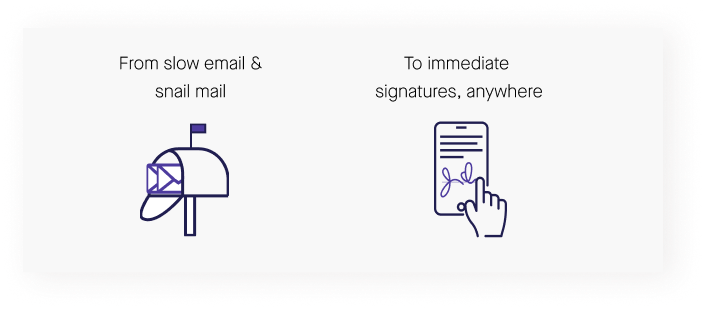
Agencies can add eSignature lines to all digital onboarding forms and documents, enabling employees to sign them in one shot on their smartphones.
Mobile eSignatures can be deployed from any channel including website, chat, or IVR.
They can even be used during a call with an HR professional who can guide workers through the signing process. Workers either finger sign, type sign, or use auto-generated signatures which are validated and stored on the CRM with a full audit trail. Mobile-first eSignatures are proven to generate over 50% more completed signatures than legacy systems, and the vast majority are completed in the moment — as soon as the agency sends over the signature request.
How Mobile-First eSignatures Work
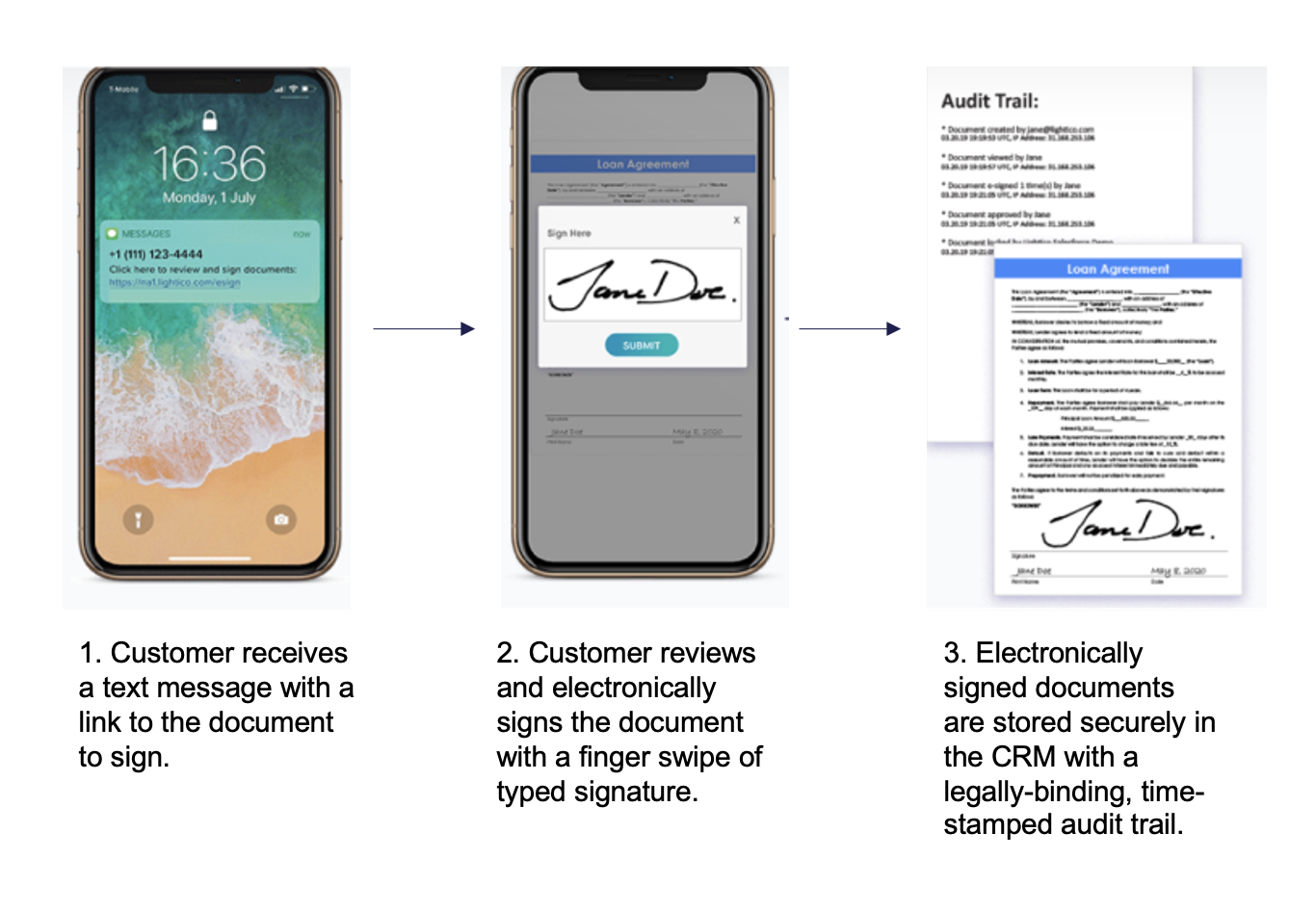
Capability 2: Smart eForms

Busy medical workers don’t have time to fill out lengthy forms. They are busy running from hospital to hospital, clinic to clinic and need to stay focused on their patients — not bureaucracy. Traditional platforms that send out paperwork forms jeopardize the registration process, as workers tire of repeating personal details or answering irrelevant questions.
On the other hand, smart eForms automatically populate fields with known worker information. Additional fields only appear when certain conditions are met, preventing confusion and back-and-forths. For instance, a worker who lists themselves as vaccinated with a Covid vaccine may be asked to provide details about the inoculation, such as date of last shot and type of vaccine. On the other hand, a worker who lists themselves as unvaccinated may be shown information about requirements to regularly produce a negative Covid test.
As a result of personalized forms based on conditional logic, employees complete the process faster, with fewer errors, and greater clarity about any next steps.
How Smart eForms Work
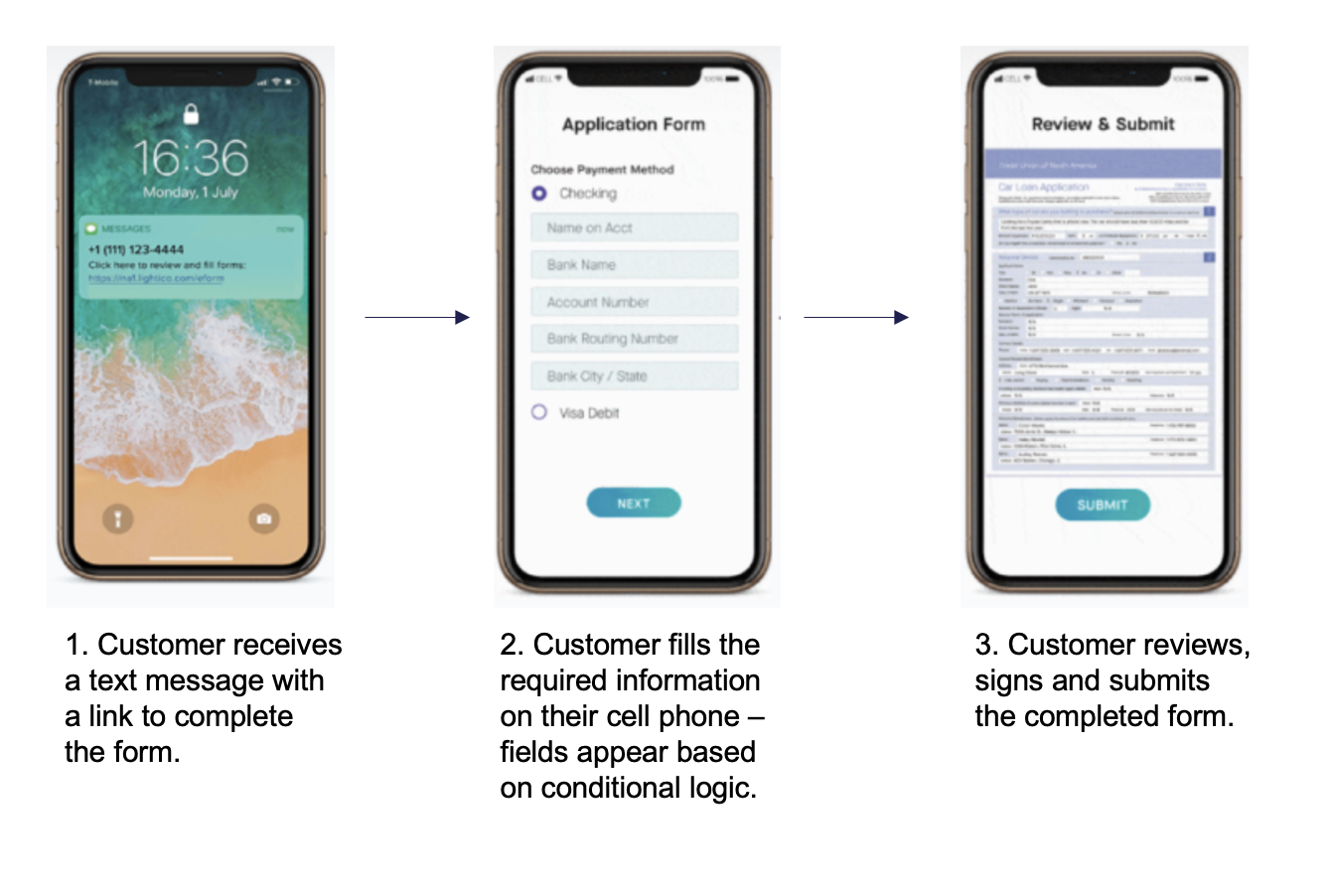
Capability 3: Mobile-First Document Collection
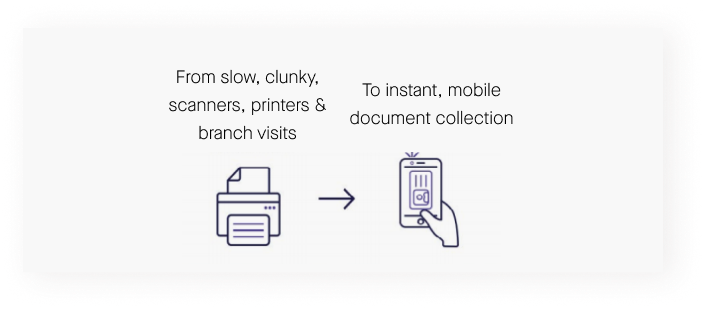
Registering workers requires collecting official documents such as contractor engagement terms and conditions, proof of vaccination, and medical records. Yet traditional processes prolong turnaround time as workers are required to scan, email, fax, or visit a physical location to submit these documents.
Agencies can promote remote document collection by enabling workers to use their cellphone cameras to easily snap and instantly submit pictures of these documents. The collected documents are then associated with the worker’s file and securely stored with the rest of their records in the CRM.
Mobile-first document collection minimizes the back and forth between the agency and workers, speeding up cycle times by 80%.
For today’s busy agency workers, this is critical.
How Mobile-First Document Collection Works
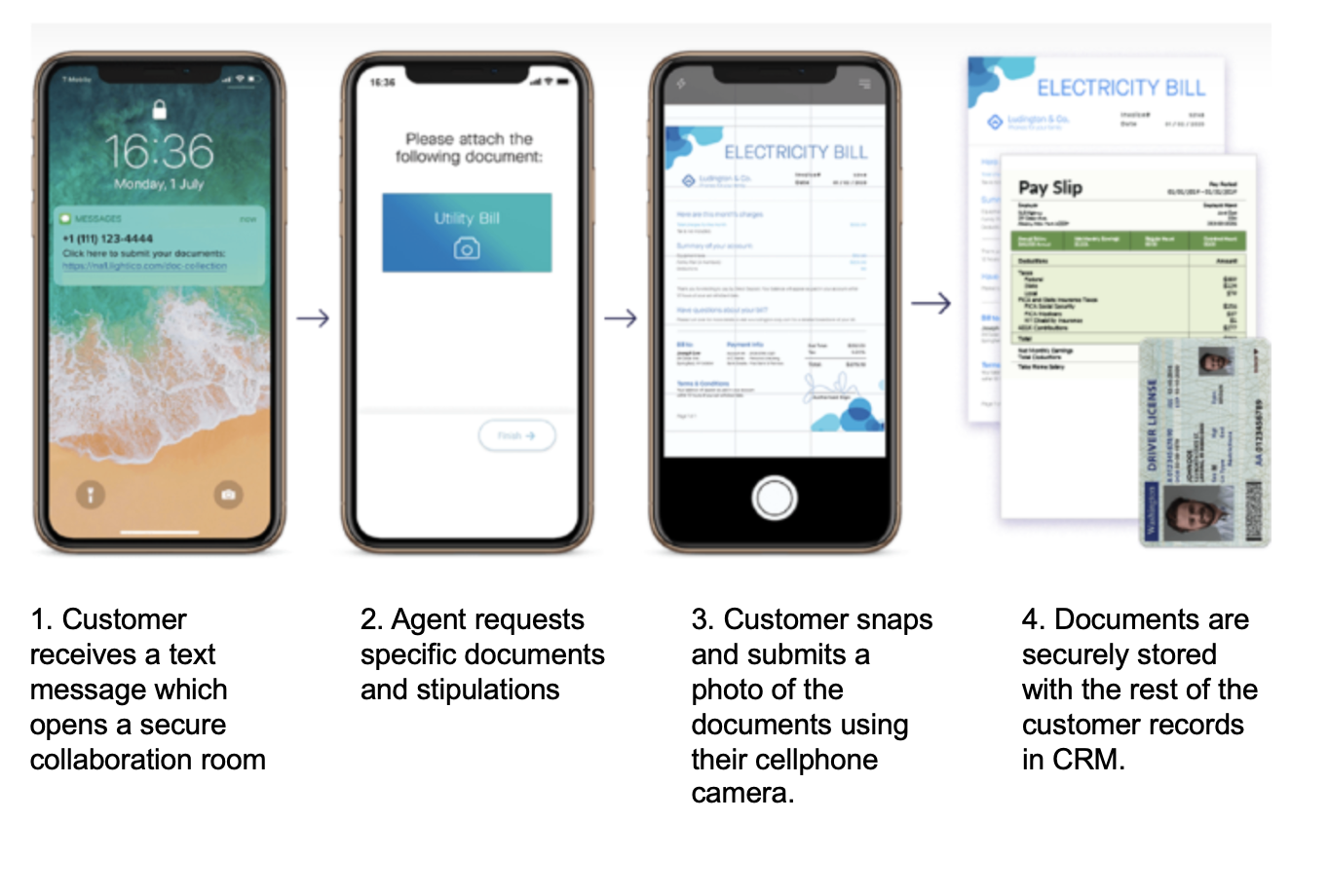
Capability 4: Remote ID Verification

Even if an agency forgoes a full background check, they will still want to verify that a potential medical worker is who they claim to be. With digital ID verification, there is no need for agencies to scan physical ID cards or search databases.
Potential medical workers simply snap a cellphone photo of their official ID, then take a selfie (optionally holding the ID card in it), and send the two photos to the agency. Using AI and machine learning, facial recognition technology can detect with nearly 100% accuracy whether there is a match.
In this way, agencies protect themselves from the rare but real possibility of deception — without slowing down the registration process.
Digital ID verification can help protect your agency from any Frank Abagnales out there.
How Remote ID Verification Works
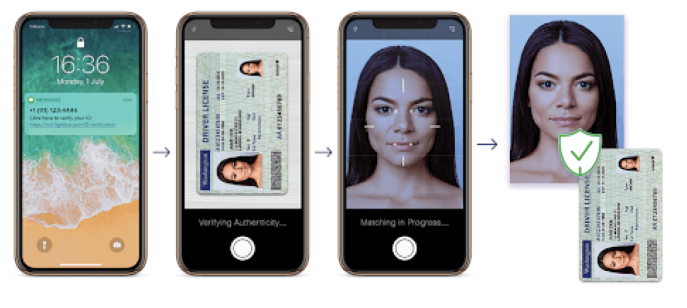
Capability 5: Digital Storage & Security
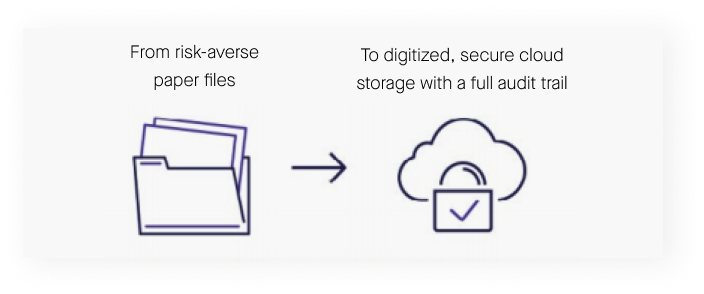
Agencies can digitize document storage to simplify adherence to their worker privacy policy. By capturing all worker interactions digitally, auditing and tracking information is easy for agencies and imposes no additional burden on the workers.
All documents can be digitally stored with password protection and an audit trail to ensure safekeeping and quality control. With digitized contracts, supporting documents, and consent forms, agencies can easily and compliantly reference and update worker information as needed. There is no need to maintain and safeguard thousands of paper documents.
Conclusion:
Speeding Up Medical Staffing Processes in the Digital Era
A digital medical worker process allows agencies to expedite procedures surrounding their workers — from the initial application to ongoing documentation. Use cases are diverse and range from gathering proof of vaccinations to certifications to sickness confirmation.
By streamlining medical staffing processes, agencies can register workers more efficiently, reduce leakage in the recruitment process, and get workers placed in hospitals and clinics faster.
Lightico offers such a digital platform designed to fit the needs of today’s fast-hiring agencies. Capabilities including eSignatures, ID verification, instant document collection, digital storage, and automated workflows that come together to expedite compliance processes. Finally, organizations can move beyond lengthy procedures and get to training and placing workers faster.

